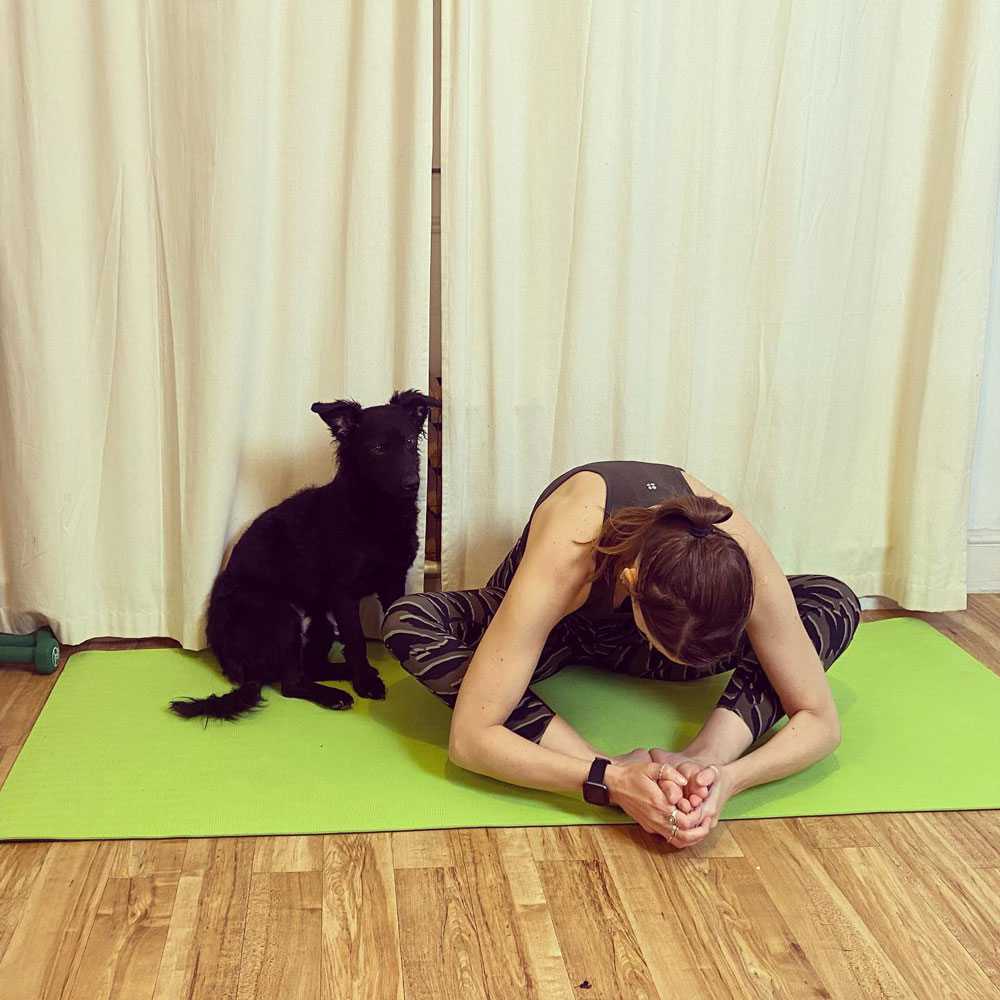If you’re looking to improve your flexibility, then learning and practicing contortion poses may help. Enhanced flexibility doesn’t just make you an enviable force in your yoga class. Flexibility can also help with increased range of motion, which in turn leads to a lessened risk of injuries — including those related to working out. Even if you’re not looking to become as flexible as a gymnast, some of these contortion poses to try at home can help you improve your overall flexibility.
The Pigeon Pose

One of the most common contortion poses is the pigeon. This pose begins as a downward-facing dog. To get into the king pigeon pose:
- Get into standard downward-dog position.
- Bend the left knee.
- Bring the left shin forward, making sure it is parallel with your exercise mat.
- Square your hips, and extend the right leg behind you.
- Keep your right knee face-down on the mat
- Use your fingertips to bring the torso upright and lift your chest.
The King Pigeon Pose

From the pigeon pose, you can contort into the king pigeon pose, another popular option among gymnasts. Start from the pigeon pose above, and then:
- Press down onto the map with the tailbone and hips.
- Lift up with the chest.
- Flex the foot and bend the right knee.
- Dra the heel to the buttock on the right side.
- With your right hand facing palm up, reach back and grasp the toes.
- Use the left fingertips to support your weight.
- Open your chest and lift up your body using the spine.
- Hold the pose for five breaths.
The Pike Pose

A basic contortion pose, the pike pose is great for centering and calming. Begin from a seated position and then:
- Bring your legs in front of your body. They should be stretched out straight.
- Exhale and fold forward, bending the spine.
- Relax completely.
- Let go of the neck and head.
The Cobra Pose

Another popular pose is the cobra. To do it:
- Lay on your stomach, and bring your hands to the sides of your waist with your fingers and palms lying flat beside you.
- Move your knees so that they are wider than your hips.
- Lift your spine and heart, then pull your heart forwards.
- Move your hands towards your hips, and then put your shoulders back.
- Squeeze the toes together.
- Lift the chest higher, letting the head back and bending the knees.
- Touch the top of your head using your toes.
- Release legs and spine.
When to Stretch

For maximum results, try to stretch every day. Stationary or static stretches for just 30 seconds at a time can really go a long way towards improving your flexibility. The optimal time to stretch is after you’ve worked out. This is when your muscles are warm. Try to include stretches that work all of the body’s major muscle groups. Stretch just until a gentle tug is felt, stopping prior to feeling pain.


